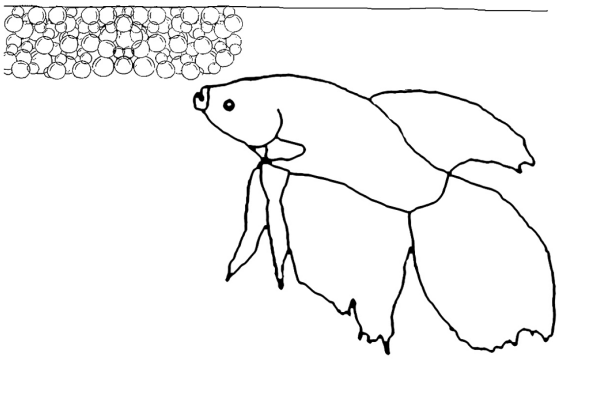It’s a misconception, often spread by those lacking experience, that a betta’s bubble nest solely indicates sexual maturity. This myth frequently aims to diminish the pride of betta owners who interpret nest-building as a sign of good fish care, potentially stemming from envy.
The science shows that fish are more happy, through the measurement of lower stress hormone, when they build bubble nests.1
It is acknowledged that research pertaining to betta bubble nest construction may not encompass specimens confined to retail pet store cups. However, this distinction is extraneous to the discourse surrounding aquarists sharing images of their bettas building nests in established aquarium environments.
There are plenty of studies explaining that bubble nest frequency is based on an optimal water temperature2, and optimal light level3.
Additionally, there have been plenty of studies where a fish is castrated in order to determine which mating rituals are based on social and environmental factors instead of sex hormones. The results vary by species and when this was done on betta, the castration had no effect on the building of nests.4
1 Agues-Barbosa, T., Andrade, P. V., Silva, P. F., de Almeida Moura, C., Galvão, N. L., Freire, F. A., & Luchiari, A. C. (2022). Variation in nest building, aggression, learning, and steroid hormone levels in Betta splendens. General and Comparative Endocrinology, 323, 114044.
2 Jaroensutasinee, M., & Jaroensutansinee, K. (2001). Bubble nest habitat characteristics of wild Siamese fighting fish. Journal of Fish Biology, 58(5), 1311-1319.
3 Srikrishnan, R., Hirimuthugoda, N., & Rajapakshe, W. (2017). Evaluation of growth performance and breeding habits of fighting fish (Betta splendens) under 3 diets and shelters. Journal of Survey in Fisheries Sciences, 3(2), 50-65.
4 Weiss, C. S., & Coughlin, J. P. (1979). Maintained aggressive behavior in
gonadectomized male siamese fighting fish (Betta splendens). Physiology & Behavior, 23, 173e177.
